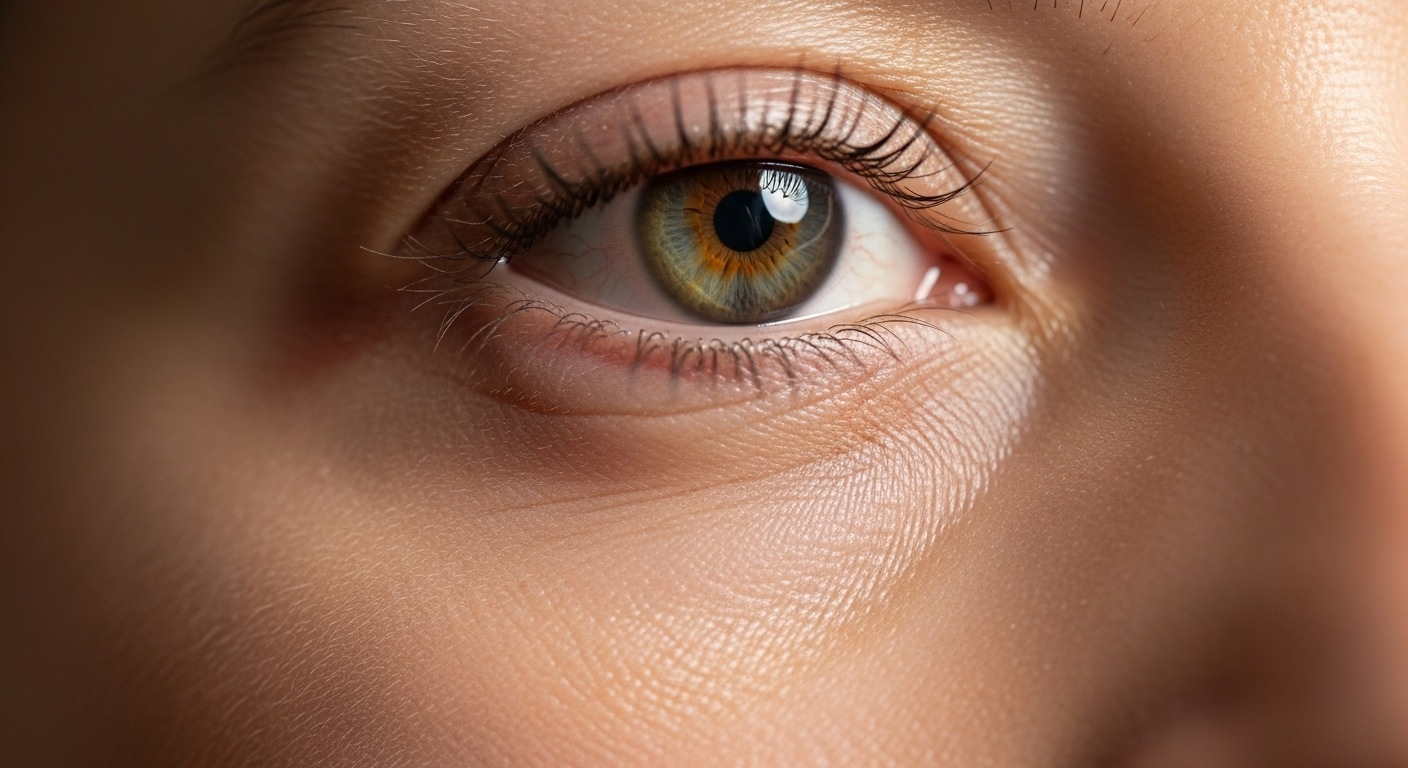Combating Eye Bags: Unveiling the Truth Behind Your Skin's Worst Enemy
As we age, our skin changes. What were once flawless, tight surfaces begin to sag, wrinkle, and spot. One of the most common and noticeable signs of aging is the development of bags under the eyes. These puffy, darkened areas can make us look older, tired, and less vibrant. But what exactly are eye bags? What causes them, and how can they be treated or prevented?

The Biological Basis of Eye Bags
Eye bags are essentially a swelling or puffiness that occurs in the tissues around your eyes. They are primarily caused by a weakening of the muscles supporting the eyelids and the loss of elasticity in the skin as we age. This causes fat that was evenly distributed around the eye to move into the lower eyelids, creating a bulge or bag.
Another factor contributing to the appearance of eye bags is the thinning of the skin around the eyes. This skin is naturally thin and delicate, but as we age, it becomes even thinner, making the underlying blood vessels more visible. This can contribute to the dark circles often associated with eye bags.
Historical Remedies and Modern Solutions
In the past, various home remedies were used to treat eye bags, ranging from the application of cold tea bags, cucumber slices, and cold spoons to the use of egg whites and hemorrhoid creams. While these solutions may provide temporary relief, they don’t address the underlying causes of eye bags.
Today, there are numerous scientifically backed treatments available. For mild to moderate eye bags, skincare products with ingredients like retinol, vitamin C, and hyaluronic acid can help tighten the skin and reduce the appearance of bags. For more severe cases, procedures such as laser resurfacing, chemical peels, and even surgical interventions can be used.
The Impact of Lifestyle Choices
While aging is the primary cause of eye bags, lifestyle choices can also play a significant role. Lack of sleep, excessive alcohol consumption, and smoking can all exacerbate the appearance of eye bags. These factors cause dehydration, which can lead to water retention and puffiness around the eyes.
Moreover, diet can also impact the appearance of eye bags. A diet high in salt can cause fluid retention, leading to puffiness. Conversely, a balanced diet rich in fruits, vegetables, lean proteins, and healthy fats can help maintain skin elasticity and overall health.
Prevention is Better Than Cure: The Role of Skincare
Preventing eye bags from developing in the first place is a more effective approach than trying to treat them after they appear. This can be achieved through a consistent skincare routine that includes moisturizing, exfoliating, and applying eye creams or serums designed to strengthen the skin around the eyes.
In addition, protecting the skin from sun damage is crucial. The sun’s ultraviolet rays can cause premature aging, including the breakdown of collagen and elastin that keep the skin firm. Wearing sunglasses and applying a broad-spectrum sunscreen around the eyes can help prevent this damage.
Future Trends: The Promise of Technology and Research
As the beauty industry evolves, new treatments for eye bags are being developed. One promising area of research is the use of stem cells in skincare products. Stem cells have the potential to regenerate and repair damaged skin, which could help restore the skin’s elasticity and reduce the appearance of eye bags.
Furthermore, technological advancements are leading to more effective and less invasive procedures. For instance, radiofrequency and ultrasound treatments are being used to tighten the skin and stimulate collagen production, offering a non-surgical solution for eye bags.
In conclusion, while eye bags are a common sign of aging, they are not an inevitable consequence. With a combination of a healthy lifestyle, diligent skincare regimen, and the use of advanced treatments, it’s possible to maintain youthful, vibrant skin around the eyes. The key is to understand the causes of eye bags, take preventive measures, and seek appropriate treatments when necessary.





